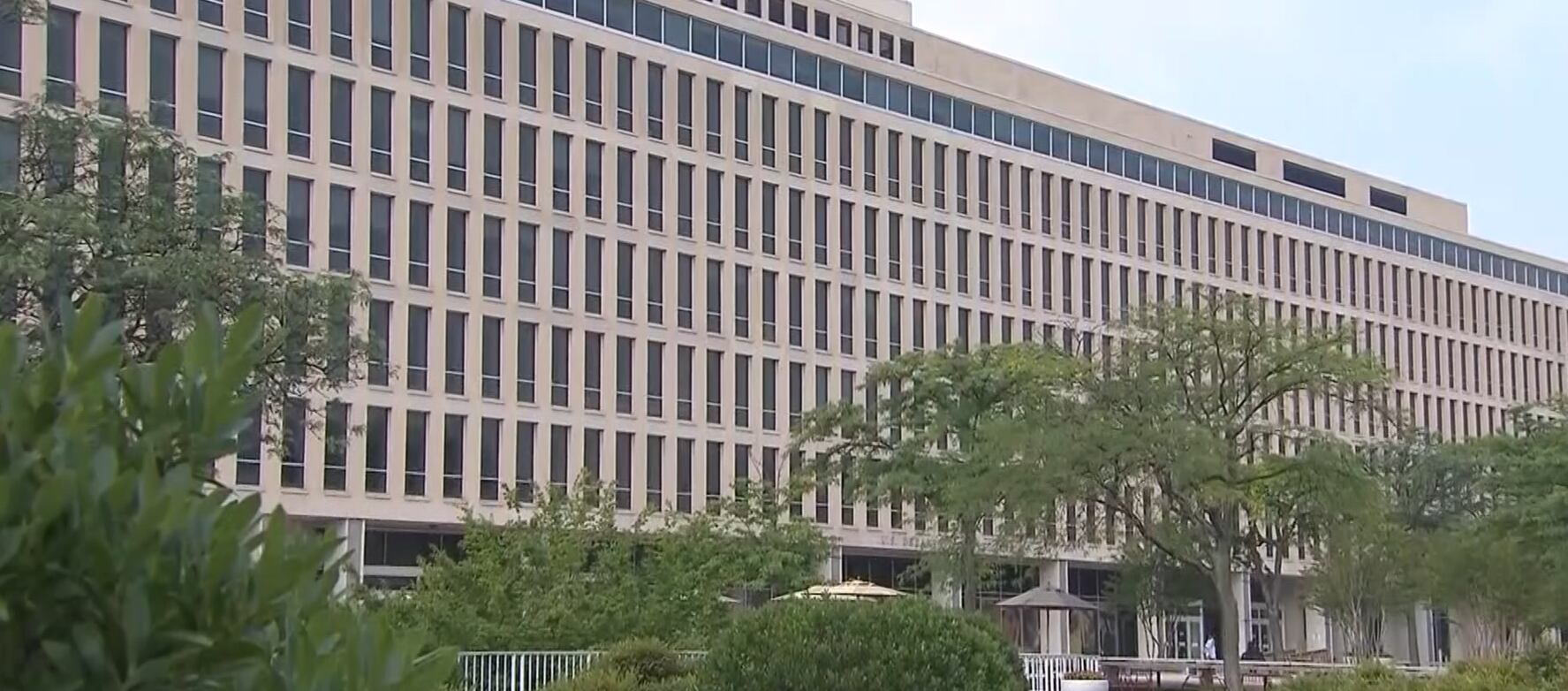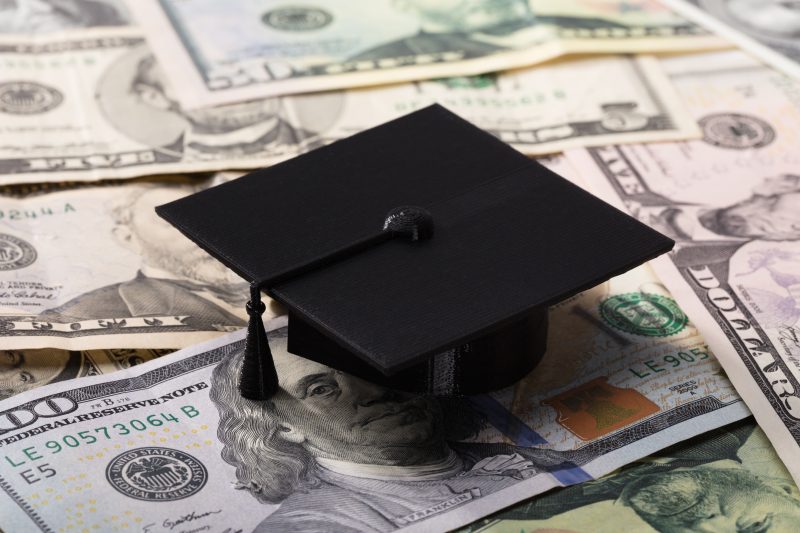The reactivation of collections on
defaulted federal student loans
by the U.S. Department of Education marks a significant shift in policy. This change, effective from May 5, 2025, impacts a substantial number of borrowers. Before the pandemic, 5.3 million borrowers were already in default, and many more are now at risk. The pause on collections, initiated in March 2020, provided temporary relief, but the resumption signals a return to pre-pandemic policies.
Default occurs when a borrower fails to make a payment for at
least 270 days.
The consequences of a loan going to collections are severe. The federal government can intercept tax refunds and Social Security benefits. Additionally, wage garnishment can occur, with up to
15% of a borrower’s
disposable income being withheld. Notices of wage garnishment are expected to be sent out later this summer.
“The administration is restoring a previous policy, emphasizing that borrowers, not taxpayers, should repay their loans.”
Financial consequences
The financial repercussions of defaulting on a student loan are extensive:
- Significant impact on credit scores, complicating future borrowing for homes or cars.
- Potential difficulties in renting apartments or opening utility accounts.
- Some employers may conduct credit checks.
- Employers will be notified if wage garnishment begins.
- Unlike other debts, most student loans cannot be discharged in bankruptcy.
- No statute of limitations exists for federal student loans.
Identifying your status
Borrowers can determine their status by logging into
StudentAid.gov
. This portal provides details on amounts owed, lenders, and payment statuses. Receiving bills from loan servicers like MOHELA or Aidvantage typically indicates non-default status. Loan servicers will send multiple notices to those in default. Ignoring these communications is not advisable, as solutions are often available.
Options for defaulted borrowers
For those already in default, several options exist:
- Paying off loans in full, though often impractical for most.
- Loan consolidation, which is quicker than rehabilitation, involves new payment terms but does not remove the default from credit reports.
- Loan rehabilitation, requiring nine consecutive on-time payments, usually income-based, removes the default from credit reports once completed.
Preventive measures
Borrowers should explore options before reaching default:
- Enroll in income-driven repayment (IDR) plans, though some, like SAVE, face legal challenges.
- Consider deferment, forbearance, consolidation, and refinancing. Forbearance offers temporary payment relief but accrues interest.
-
Use the
loan simulator
on StudentAid.gov to estimate payment options. - Contact loan servicers directly to discuss available options.
- Seek additional resources such as advocates, state ombudsmen, nonprofits, and online sources.
- Utilize the flexibility of federal loan programs, including economic hardship deferments.
- Create a monthly budget to accommodate loan payments.
- Educate yourself on available options and develop a plan; ignoring the issue won’t make it disappear.
The
current economic climate
presents challenges for
borrowers,
with many families already facing financial difficulties. The resumption of collections adds pressure, compounded by legal uncertainties surrounding payment plans and potential Department of Education restructuring.


